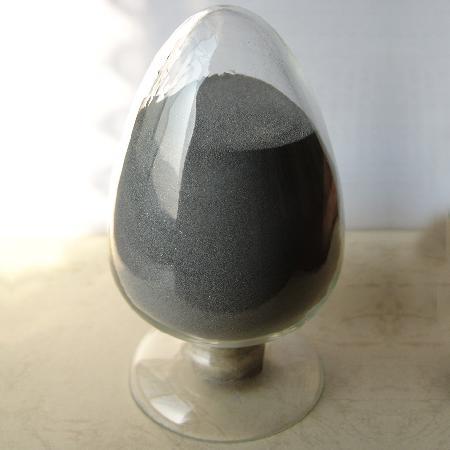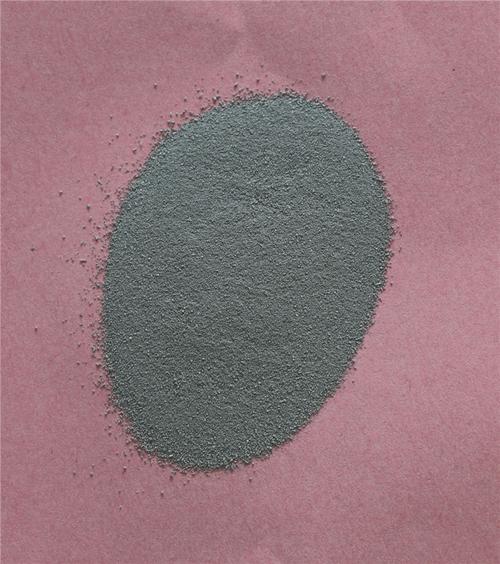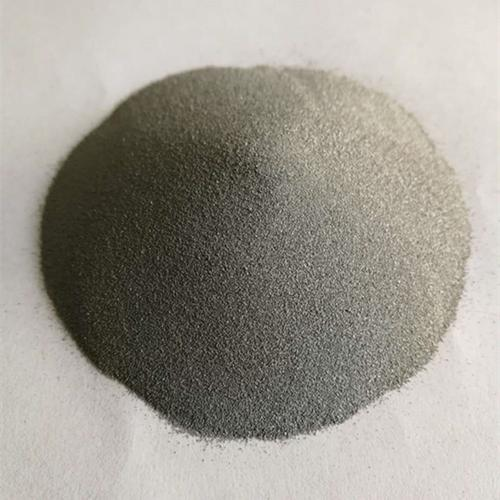**Title: Can Sparks Fly? The Surprising Truth About Welding Powder Metal Parts**
(Can Friction Stir Welding Be Used For Powder Metal Parts? Explain.)
Powder metal parts are everywhere. Think car transmissions, power tools, even medical devices. They’re strong, complex shapes made affordably. But joining them? That’s often tricky. Traditional welding methods like arc welding can struggle. The heat melts the metal. Powder metal parts have tiny pores left from the manufacturing process. This porosity is a problem. Melting can cause cracks, voids, or just a weak joint. So, how do you reliably fuse these components? Enter Friction Stir Welding. Sounds powerful, right? But can it really handle the unique challenges of powder metal? Let’s dive in.
**1. What is Friction Stir Welding?**
Friction Stir Welding is different. Forget melting metal. FSW uses a spinning tool. This tool is incredibly hard. It plunges into the edges of the materials you want to join. The tool spins fast. This creates intense friction. Friction generates heat. The heat softens the metal. It doesn’t melt it. The metal becomes plastic-like, like warm clay. The rotating tool then stirs this softened metal together. It mixes the material from both parts. The tool moves along the joint line. As it moves, the stirred, softened metal cools down behind it. Cooling creates a solid-state bond. This bond is typically very strong. The grains in the metal are fine. Fine grains mean good toughness. FSW works well on aluminum, copper, magnesium, and even some steels. It avoids the big problems of melting. No fumes, no spatter, less distortion.
**2. Why Consider FSW for Powder Metal Parts?**
Powder metal parts need special care during joining. Their porosity is the main issue. Traditional fusion welding melts the metal. Molten metal flows. It can flow into those tiny pores. This creates internal cavities or blowholes as gas escapes. The result is often weak joints full of defects. FSW offers a solution. It doesn’t melt the metal. It softens it. This plastic state is key. The softened metal can forge together under pressure. The pressure from the tool helps close up those pores right at the joint line. This leads to a denser weld. A denser weld means fewer defects and higher strength. FSW also uses less heat overall than fusion welding. Less heat means less chance of changing the carefully controlled microstructure of the powder metal part. You keep more of the original properties. For critical applications, this reliability is a big plus.
**3. How Does FSW Actually Work on Powder Metal?**
Making FSW work on powder metal parts needs attention. Success depends on several factors. First, the parts must be dense enough. High density is better. Parts with low density, lots of porosity, are harder to weld well. Surface preparation matters. The joint surfaces need to be clean and fit tightly together. Any gap can cause problems. The FSW tool itself is crucial. The tool design, especially the pin shape, needs careful thought. The pin stirs the material. Powder metal is softer than fully dense wrought metal. The tool might need adjustments. Rotational speed and travel speed are vital settings. Finding the right balance is essential. Too much heat can still cause issues. Too little heat won’t soften the metal enough. The tool must plunge correctly. It needs to generate enough friction without breaking the part. Pressure is important. The forging pressure helps consolidate the material, squashing pores at the weld line. Getting all these parameters right takes skill and testing. But when dialed in, it creates a solid, pore-free bond.
**4. Real-World Applications of FSW with Powder Metal**
Where might you see this used? Several industries benefit. The automotive sector is a prime candidate. Cars use many powder metal parts. Think gear hubs, pulleys, or engine components. Joining these reliably is important. FSW offers a strong, defect-free option. It could make assemblies lighter or stronger. Aerospace is another potential area. Some aircraft components use powder metals. Weight savings are critical here. A reliable joining method like FSW is valuable. It avoids the risks of fusion defects. Heavy machinery uses large, robust powder metal parts. FSW could join complex assemblies. It might repair worn parts. The energy sector uses specialized components. Nuclear or oil and gas applications demand integrity. FSW’s solid-state nature and low distortion are advantages. Even consumer goods could use it. Power tools often contain powder metal parts. Stronger joints mean longer-lasting products. The technology is still emerging. But the potential is significant where high strength and reliability from powder metal assemblies are needed.
**5. FSW & Powder Metal: Your Questions Answered**
Many people have questions about this combination. Here are common ones:
* **Can FSW weld *all* powder metal alloys?** Not always. Some very hard alloys or those with certain additives might be difficult. Aluminum powder metals are generally the easiest. Iron-based powders require more power and robust tools. Testing is needed for each specific material.
* **Does the porosity completely disappear?** Right at the weld nugget, the intense stirring and forging pressure usually eliminate porosity. This creates a dense weld zone. The heat-affected zone nearby might still show some original porosity, but it’s generally not a problem for the joint strength.
* **Is FSW faster than traditional welding for powder metal?** Setup might take longer initially to get parameters perfect. The actual welding speed can be comparable or sometimes faster than fusion methods needing multiple passes or extensive cleanup. The lack of post-weld processing often saves significant time.
* **What about cost?** FSW machines are expensive. The specialized tools also cost money. For high-volume production or critical applications, the benefits of fewer defects, less rework, and higher joint quality often justify the investment. For small batches, it might be less economical.
(Can Friction Stir Welding Be Used For Powder Metal Parts? Explain.)
* **Are there any major drawbacks?** The main limitations are geometry and access. FSW needs a straight or simple curved joint line. The machine needs clear access for the spinning tool. It also leaves a small exit hole where the tool is withdrawn. Internal corners or complex 3D shapes are challenging. The parts need good fixturing to withstand the forging force.
Inquiry us
if you want to want to know more, please feel free to contact us. (nanotrun@yahoo.com)


